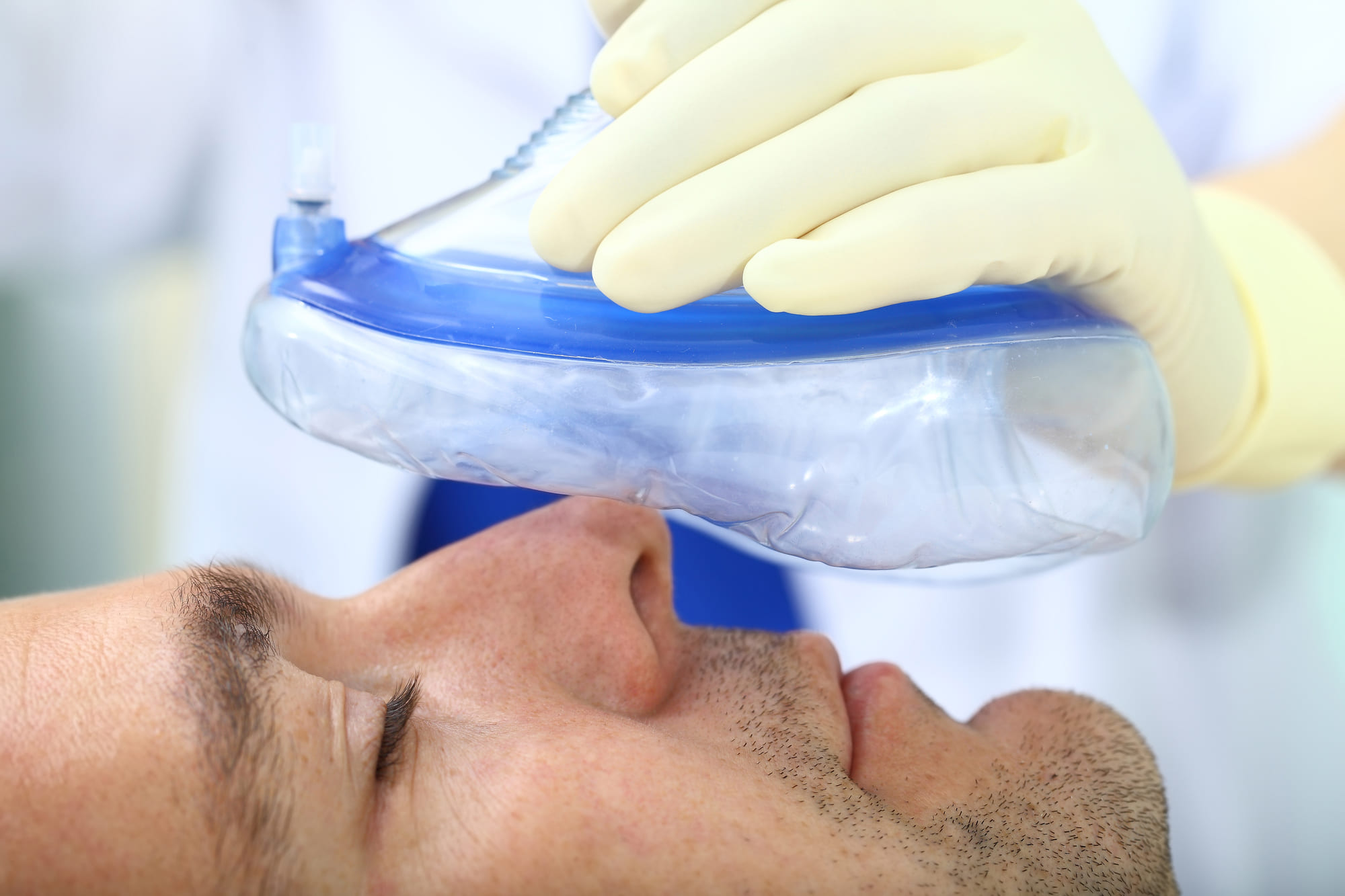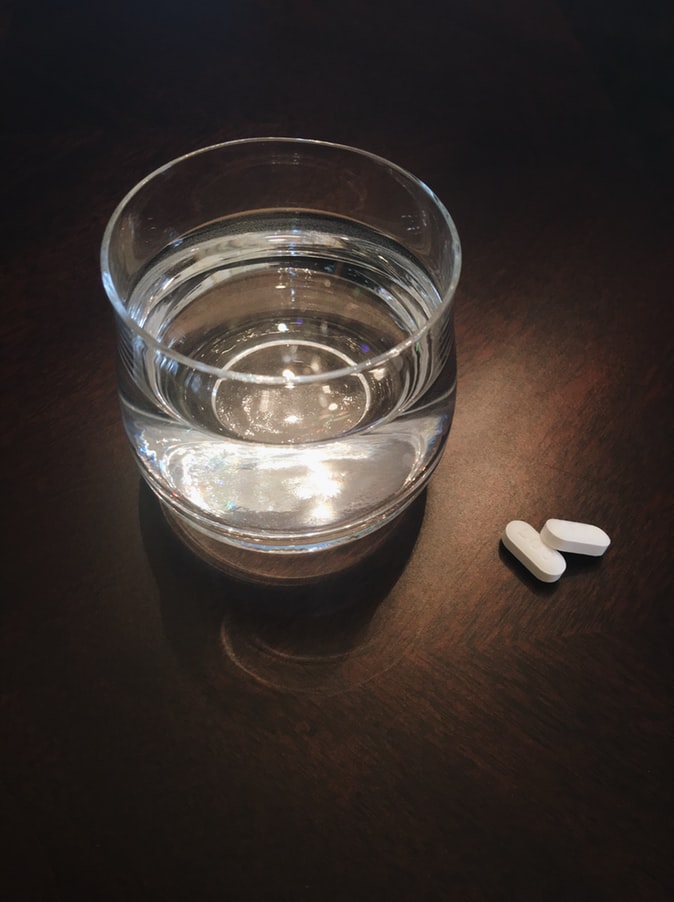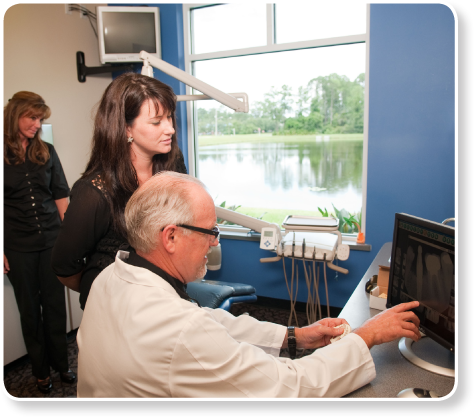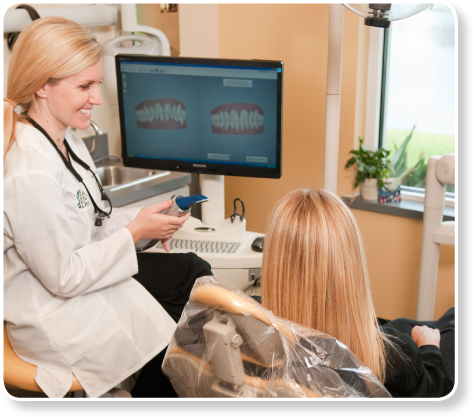Can I Be Sedated for Teeth Cleanings?
Dec 13, 2022

Sedation is an option for dental procedures that can help alleviate anxiety and make difficult treatments easier for the patient.With dentophobia (the fear of dentists) affecting well over six million Americans, the rise of sedation dentistry has given options to those struggling with anxiety associated with dental treatments.
Do I Need to Be Sedated for Cleanings?
When considering if you could be a candidate for sedation dentistry take into account the following reasons why you might opt-in for sedated cleanings:
Consult with your dentist if you are interested in sedation dentistry to decide the best treatment option for you.

What is Sedation Dentistry?
Sedation dentistry is the practice of administering drugs to relax the patient or render them unconscious for the duration of the procedure. Dentists may decide to use general anesthesia, nitrous oxide, oral sedatives, or intravenous sedatives as a way to calm their patients. Sedation dentistry can also be beneficial to those with small mouths who may experience discomfort during the procedure.
Types of Dental Sedatives
The type of dental sedatives your dentist offers will depend on their certifications. Nearly all dentists will offer nitrous oxide or sedation pills. However, if they want to provide their patients with IV or deep sedation, dentists must complete a certification and specialized program.
The type of dental sedatives used during your treatment will depend on a few different factors:
General Anesthesia
General anesthesia is the most extensive sedative used in dentistry. It is similar to that used in the medical world but lacks the need for intubation. When under the effects of general anesthesia your body will be numb to any pain and you will be completely unconscious.
Not all dentists are able to administer general anesthesia and they must complete a specialized program to practice with general anesthesia due to increased risks associated with the sedative.
When is it used? – This type of sedative is most commonly used for extensive dental treatments or for patients who suffer from extreme dentophobia.
Nitrous Oxide (Laughing Gas)
This form of sedation, more commonly known as laughing gas, is the mildest form of sedation offers by dentists. It is administered through a nose tube and can take effect within thirty seconds of inhalation.
This can be used in combination with oral sedatives or alone for only a light touch of relaxation. Most dentists will be able to provide this form of sedation to their patients.
When is it used? – For patients with only low levels of anxiety and simple procedures when it is best to keep the patient conscious.
Oral Sedatives
These are pills prescribed by your dentist or doctor to be taken before a procedure. It will keep you entirely conscious but in a relaxed state during your appointment.
Before your appointment you will take the oral sedative, some even have patients take one the day before the procedure as well. You will likely be monitored with a heart monitor during the appointment and may not even remember the procedures performed while sedated.
When is it used? – For patients with more severe anxiety.
Intravenous Sedatives
Generally, intravenous sedatives, otherwise called IV sedatives, put you into a twilight sleep. This is not as deep of sedation as general anesthesia attains, which is a less common type of IV sedation used in sedation dentistry.
During twilight sleep, you are not entirely unconscious and can be woken if needed. However, like oral sedation, you are likely to feel sleepy and not remember the details of the procedure. Unlike oral sedation, IV sedatives can result in complete amnesia of the procedure due to the increased levels of Diazepam and Midazolam.
When is it used? – For patients who do not have a fear of needles and need stronger sedatives than laughing gas and oral sedatives provide.
What to Expect When Sedated for Teeth Cleanings?
The procedure surrounding your sedated dental treatment will depend on the type of sedation your dentist decides to use.
For instance, with IV sedation you should abstain from eating for the eight hours prior to your appointment. When you arrive they will insert an IV into your arm and begin to administer medication through the line. You will feel relaxed during the treatment and drowsy once it is complete. Because of this, IV sedation requires an escort to and from the dentist’s office.
No matter the type of sedation you’ll be receiving, your dentist will brief you on any requirements, such as fasting or not taking certain medications prior to sedation.
Driving Home After Sedation Dentistry
You may be allowed to drive home after the use of nitrous oxide but for all other forms of sedation (oral, IV, and general anesthesia) you will be required to have an escort take you home. This is due to drowsiness and lowered reaction time.
Many dentists will advise you to avoid all driving for the 24 hours following your sedation. While you may begin to feel less drowsy, you need to give your body enough time to recover and adjust before it is safe to operate a vehicle.
Potential Side Effects of Sedation Dentistry
Sedation dentistry has been intensively studied and deemed safe. However, there are a few minor side effects patients may experience after the procedure. These include:
Local Anesthetics as an Alternative to Sedation
If you’re uncomfortable with the idea of sedation there is an alternative to sedation that will make dentist appointments more comfortable.
Local anesthetics, most commonly lidocaine, are used to numb the areas where your dentist will be working. This eliminates pain by preventing pain signals in the brain by blocking sodium channels. The local anesthetic is delivered to the patient via needle and can numb the areas for up to two hours.
How Much Does Sedation Dentistry Cost?
Sedation dentistry will increase the cost of your overall bill, but depending on the type of sedation you receive it may only be a small percentage.
Nitrous oxide is the cheapest option, followed by oral sedatives. When you receive deep sleep sedatives, like general anesthesia, or twilight sleep sedatives, like IV sedation, you will see a more noticeable difference in overall cost.
If you’re considering sedation dentistry contact your dentist to discuss the best options for you.
Considering Sedation Dentistry?
Call to schedule your appointment!
(904) 269-6558
or
Fill Form To Schedule Your Appointment
For informational purposes only.















